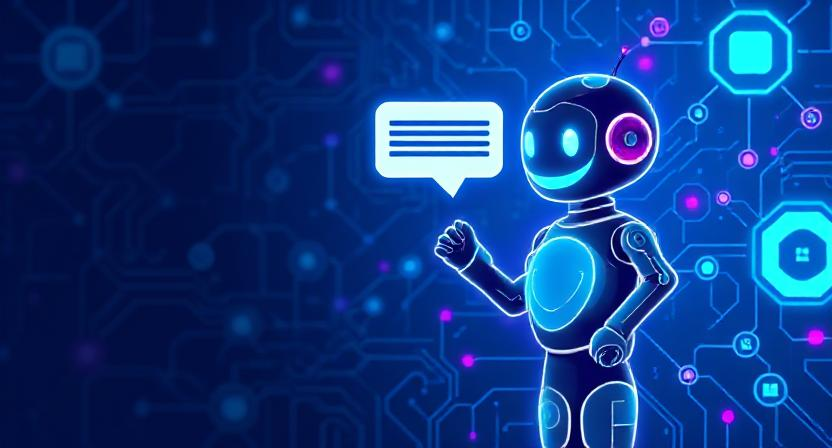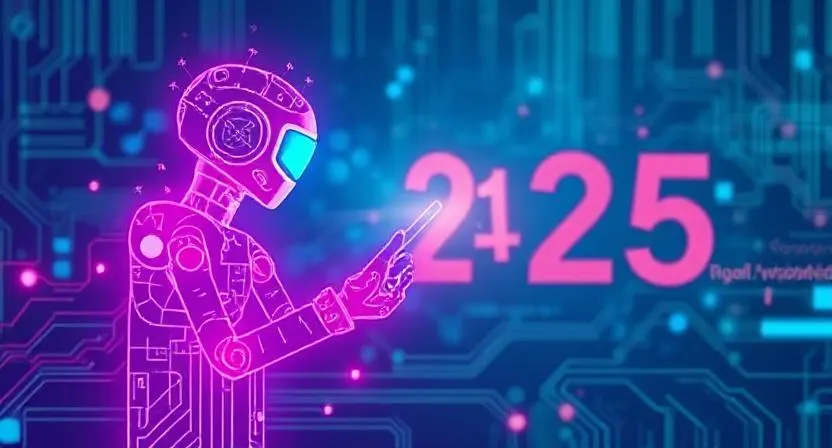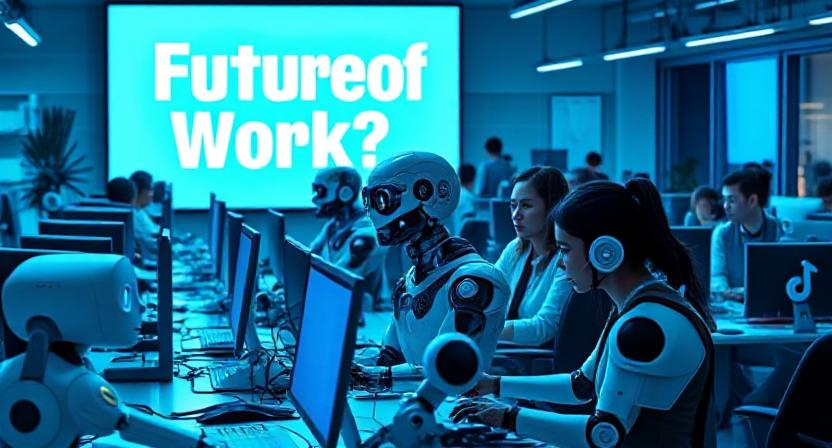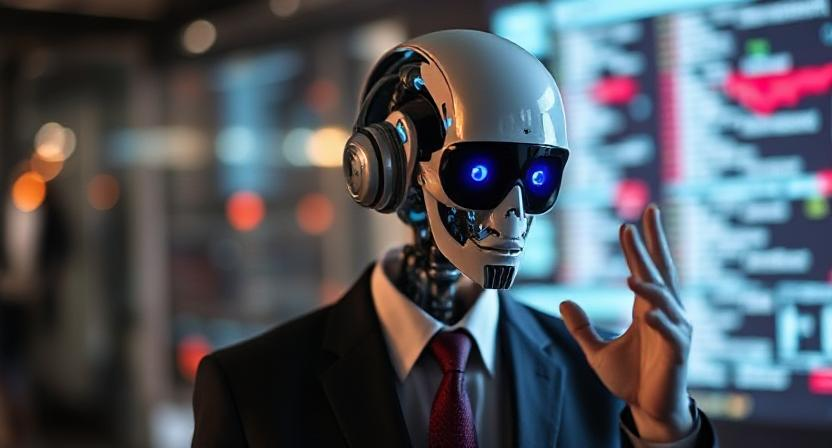In today’s digital world, businesses and individuals rely on automation to streamline communication and improve customer experiences. One of the most innovative tools in this domain is the AI chatbot. This powerful technology enhances interactions, providing instant responses and assistance without human intervention. But what exactly is an AI chatbot, and how does it function? This blog explores the mechanics behind AI chatbots and their impact on various industries.
Understanding AI Chatbots
An AI chatbot is a software application that simulates human-like conversations using artificial intelligence. These chatbots leverage natural language processing (NLP), machine learning (ML), and artificial intelligence (AI) algorithms to understand and respond to user queries in real time. Unlike rule-based bots that operate on pre-defined scripts, AI chatbots can learn from past interactions and improve their responses over time.
How AI Chatbots Work
AI chatbots function through a combination of key technologies that allow them to understand and generate human-like responses. Here’s a step-by-step breakdown of their working mechanism:
1. User Input Processing
When a user sends a message, the chatbot processes the input using natural language processing (NLP). This involves breaking down the message into understandable components, identifying keywords, and analyzing intent.
2. Intent Recognition and Analysis
AI chatbots use machine learning models to recognize the intent behind user queries. They classify requests based on pre-trained datasets and decide how to respond effectively.
3. Generating a Response
Once the intent is identified, the chatbot formulates a suitable response. This can be done in various ways:
- Rule-Based Responses – Following a predefined set of responses.
- Retrieval-Based Responses – Searching a database for the most relevant reply.
- Generative Models – Creating new responses based on deep learning techniques.
4. Providing the Response
After processing the request, the chatbot delivers the response in a conversational format. Advanced AI chatbots use context awareness to maintain a natural flow in long conversations.
5. Learning and Improving
AI chatbots continuously learn from interactions using machine learning algorithms. The more they interact, the more accurate and personalized their responses become.
Types of AI Chatbots
There are several types of AI chatbots, each serving different purposes:
1. Rule-Based Chatbots
These bots follow pre-defined rules and scripts to provide responses. They are suitable for answering frequently asked questions (FAQs) but lack adaptability.
2. Self-Learning AI Chatbots
These bots use machine learning (ML) to learn from conversations and improve over time. They do not rely on pre-programmed responses but instead develop their understanding dynamically.
3. Hybrid AI Chatbots
Combining rule-based logic with AI capabilities, hybrid chatbots provide a balance between structured responses and intelligent adaptation.
4. Voice-Based AI Chatbots
These chatbots integrate with voice recognition technology, allowing users to interact through speech rather than text.
Benefits of AI Chatbots
AI chatbots provide numerous benefits across various industries, including:
1. 24/7 Availability
Unlike human agents, AI chatbots are available round the clock, providing instant support to customers anytime.
2. Improved Customer Service
AI chatbots enhance customer experiences by offering quick and accurate responses, reducing wait times, and ensuring seamless communication.
3. Cost Efficiency
Businesses save operational costs by using AI chatbots, eliminating the need for large customer service teams while maintaining high engagement levels.
4. Scalability
AI chatbots can handle multiple conversations simultaneously, making them ideal for businesses with high customer interaction volumes.
5. Personalization
Advanced AI chatbots analyze user behavior and preferences to deliver tailored responses, enhancing user engagement.
Industries Using AI Chatbots
AI chatbots are transforming various sectors, including:
1. E-commerce
AI chatbots assist customers with product recommendations, order tracking, and support inquiries, enhancing the shopping experience.
2. Healthcare
Medical chatbots provide appointment scheduling, symptom analysis, and health-related guidance, improving patient care.
3. Banking & Finance
Chatbots help customers check account balances, process transactions, and offer financial advice, making banking more efficient.
4. Education
AI chatbots assist students with course inquiries, learning resources, and exam preparations.
5. Travel & Hospitality
These bots help with hotel bookings, flight reservations, and customer support, streamlining travel experiences.
Future of AI Chatbots
The future of AI chatbots is promising, with advancements in deep learning, voice recognition, and emotional AI making them even more intuitive. Businesses continue to integrate AI chatbots with virtual assistants, smart devices, and blockchain technology to enhance their capabilities further.
Conclusion
AI chatbots are revolutionizing the way businesses and individuals interact, offering efficient, scalable, and cost-effective solutions for communication. As AI technology evolves, chatbots will become even more sophisticated, providing seamless and human-like interactions. Adopting AI chatbots can significantly enhance customer engagement and operational efficiency, making them a valuable asset for any business looking to improve automation and customer satisfaction.
By leveraging AI chatbots, businesses can stay ahead in the competitive market, offering instant, accurate, and personalized responses to users worldwide.










